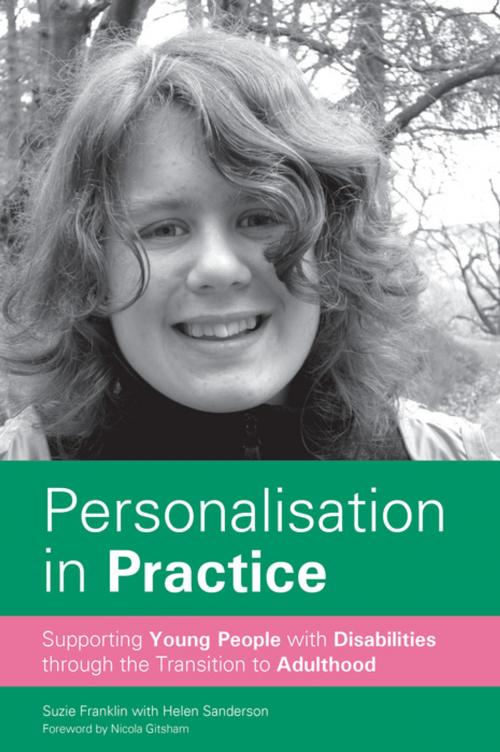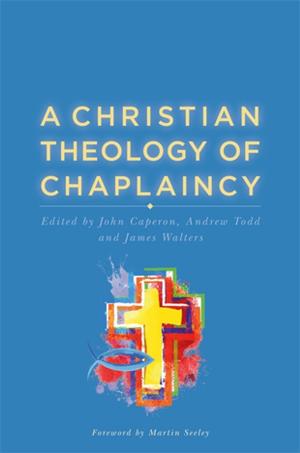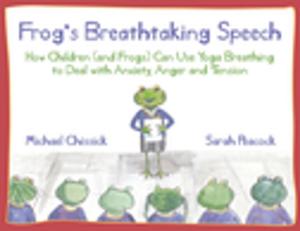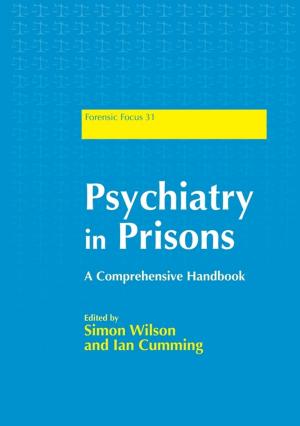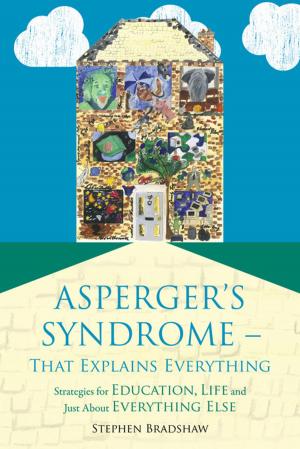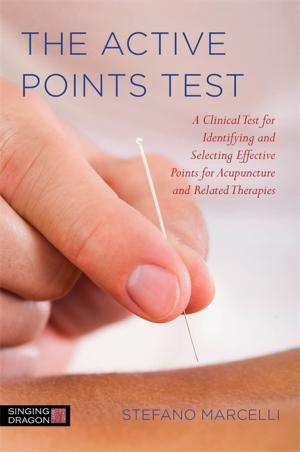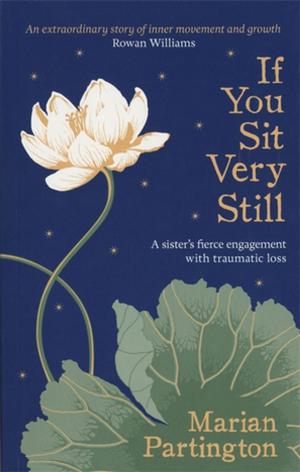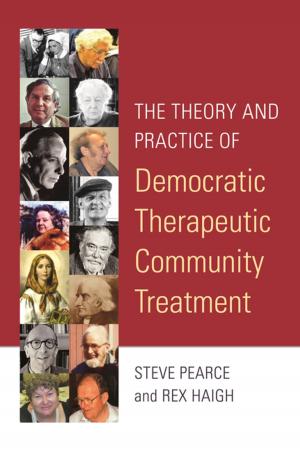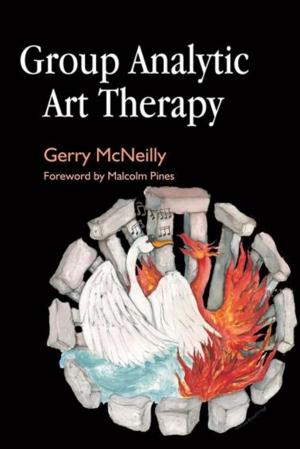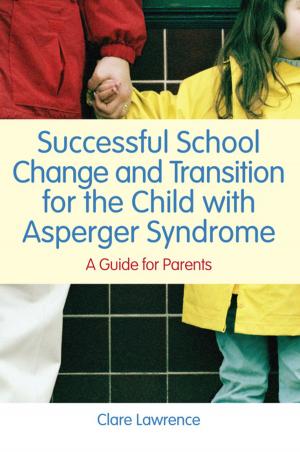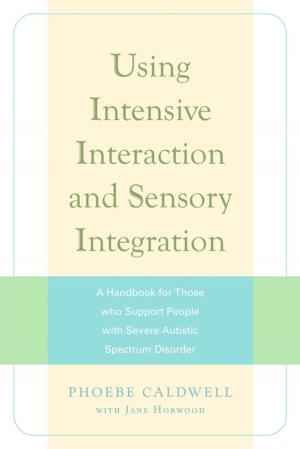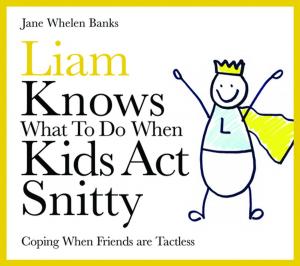Personalisation in Practice
Supporting Young People with Disabilities through the Transition to Adulthood
Nonfiction, Social & Cultural Studies, Social Science, Disability, Reference & Language, Education & Teaching| Author: | Helen Sanderson, Suzie Franklin | ISBN: | 9780857008169 |
| Publisher: | Jessica Kingsley Publishers | Publication: | November 21, 2013 |
| Imprint: | Jessica Kingsley Publishers | Language: | English |
| Author: | Helen Sanderson, Suzie Franklin |
| ISBN: | 9780857008169 |
| Publisher: | Jessica Kingsley Publishers |
| Publication: | November 21, 2013 |
| Imprint: | Jessica Kingsley Publishers |
| Language: | English |
This book demonstrates very clearly how the personalisation of support and services works in practice. The authors describe how Jennie, a young person with autism and learning difficulties, was supported through the transition from school to living independently using simple, evidence-based person-centred planning tools. Jennie's story illustrates the importance of quality person-centred reviews, dispels the many myths surrounding Individual Service Funds and personal budgets and demonstrates how families, schools and other agencies can work collaboratively to help young people with disabilities move into adulthood with more choice and control over their lives, and with better life prospects. Practical pointers for readers to apply to their own circumstances are included, and the book contains helpful examples of the key person-centred thinking tools. Anyone involved in supporting children and young people with disabilities as they approach adulthood, including parents and carers, SENCOs, teachers, social workers and service providers, will find this to be essential reading. More generally, it will be an informative resource for those seeking a better understanding of how personalisation and person-centred planning work in practice.
This book demonstrates very clearly how the personalisation of support and services works in practice. The authors describe how Jennie, a young person with autism and learning difficulties, was supported through the transition from school to living independently using simple, evidence-based person-centred planning tools. Jennie's story illustrates the importance of quality person-centred reviews, dispels the many myths surrounding Individual Service Funds and personal budgets and demonstrates how families, schools and other agencies can work collaboratively to help young people with disabilities move into adulthood with more choice and control over their lives, and with better life prospects. Practical pointers for readers to apply to their own circumstances are included, and the book contains helpful examples of the key person-centred thinking tools. Anyone involved in supporting children and young people with disabilities as they approach adulthood, including parents and carers, SENCOs, teachers, social workers and service providers, will find this to be essential reading. More generally, it will be an informative resource for those seeking a better understanding of how personalisation and person-centred planning work in practice.
